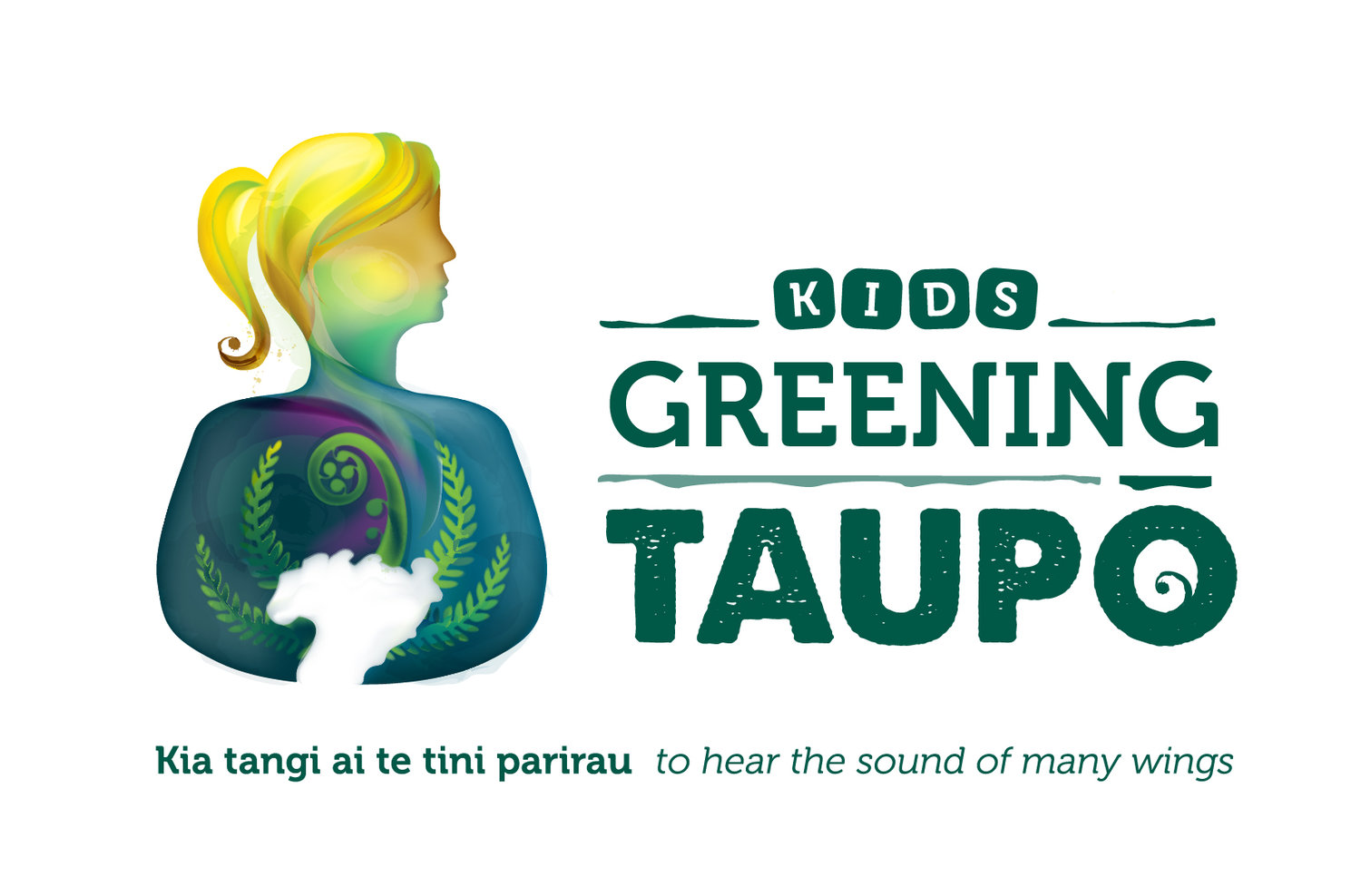Learning about Predators with Laughton Kindergarten
The tamariki at Laughton Kindergarten were showing a real interest in hunting introduced pests and predators such as possums, rabbits and deer. The teachers recognised the opportunity to build on this interest and teach them about other predator free work happening. They called in Kids Greening Taupo to talk to them.
KGT coordinator, Rachel, read them the book ‘Sleep Little Kiwi Sleep’ by Deborah Hinde. The tamariki learnt about nocturnal wildlife in Aotearoa and discussed the predators that kiwi face. One of the children’s mum works at the kiwi incubation facility, so she shared her knowledge and photos too. Then we all looked at some taxidermy pests including a stoat, rat, weasel, and ferret. It was interesting to see their sharp teeth. We learnt about our native animals and the introduced animals that threaten them.
Next the tamariki played predator bowling! They identified the pictures of special native taonga, like bats, weta, birds, tuatara, lizards etc. These were on bottles in between the predators. They had to bowl over the predators, but leave the native species standing! It was tricky, but they had lots of fun having a go.
Next time Rachel went into Laughton Kindergarten she read them, ‘It’s my egg and you can’t have it’ by Heather Hunt and Kennedy Warne. The children learnt all about the different animals that threaten the kiwi and how traps can help our native birds. After this, the children made a trap box themselves and set a trap out the back of the kindergarten. They learnt to think like a rat, and to place the trap in the right spot.
We decided to also see what predators they have sneaking around at night at the kindergarten, so Rachel helped them to make a tracking tunnel. They used a piece of corflute sign, paper, a sponge and food colouring.
Rachel also had some paper from other used tracking tunnels to show the tamariki, and they had lots of fun looking at the track pictures to match them up and figure out what made the tracks on the paper.
We can’t wait to find out what leaves tracks in the tracking tunnel and to see if the children catch anything in their trap.

















